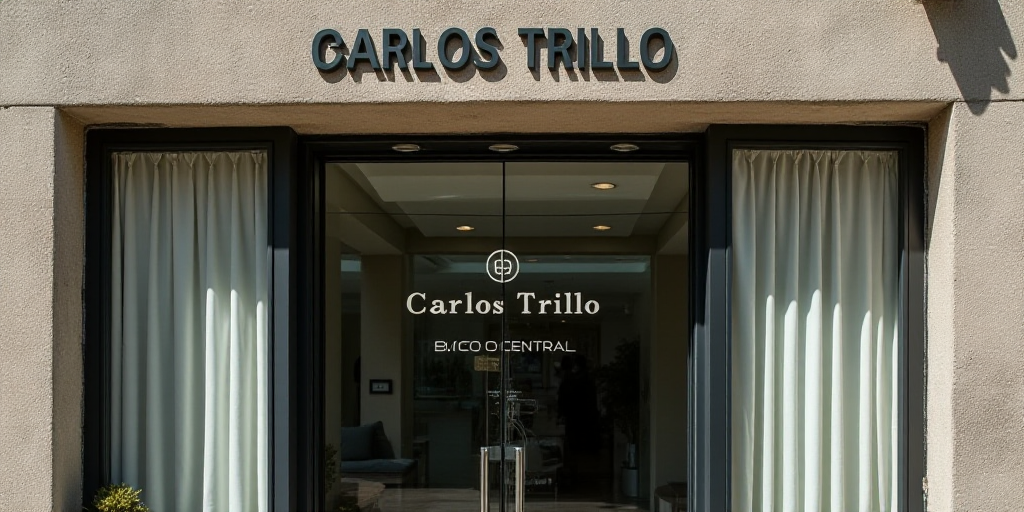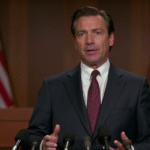Background on the Brazilian Central Bank and Its Role
The Banco Central de Brasil, or the Central Bank of Brazil, is responsible for managing the country’s monetary policy. It aims to maintain price stability and support economic growth by setting short-term interest rates, managing foreign exchange reserves, and supervising financial institutions.
Recent Interest Rate Hike
On this particular Wednesday, the Central Bank of Brazil increased its benchmark interest rate, known as the Selic, by 0.25 percentage points to 15%. This is the highest interest rate among most global peers and its highest level since July 2006, following seven consecutive hikes initiated in September 2024.
Reasons Behind the Rate Hike
The decision was unanimously adopted by the Monetary Policy Committee (COPOM) due to concerns about high inflation projections, resilient economic activity, and pressures in the labor market.
Impact on President Luiz Inácio Lula da Silva
This tightening of monetary policy poses a challenge for President Luiz Inácio Lula da Silva, who has been a persistent critic of high-interest rates. Recently, Lula had urged the Central Bank to start lowering these rates, believing that inflation was under control and food prices were decreasing.
Lula argues that high-interest rates hinder economic growth by making credit more expensive for consumers and investors. However, inflation remains above the government-established target of 1.5% to 4.5%, and food price increases, though slowing in May, still pose a threat.
Economic Context
Brazil experienced a 1.4% growth rate in the first quarter, driven by an exceptional agricultural sector rebound of 12.2% due to outstanding soybean and corn harvests.
The unemployment rate was 6.6% in the February-April period, marking the lowest since 2012.
Future Outlook
COPOM anticipates potentially pausing the rate-hike cycle at its next meeting to assess the accumulated effects of previous adjustments and determine if the current interest rate level is adequate to guide inflation back to target.
The Central Bank has committed to maintaining rates at a “significantly restrictive level” for an extended period to ensure inflation convergence.
Comparison with the US Federal Reserve
This decision contrasts with that of the US Federal Reserve, which kept rates unchanged between 4.25% and 4.50% amid uncertainties surrounding President Donald Trump’s trade policies.
Key Questions and Answers
- Q: Who is the Brazilian Central Bank? A: The Banco Central de Brasil is responsible for managing the country’s monetary policy, maintaining price stability, and supporting economic growth.
- Q: Why did the Central Bank raise interest rates? A: The rate hike was due to concerns about high inflation projections, resilient economic activity, and pressures in the labor market.
- Q: How does this affect President Lula? A: This tightening of monetary policy challenges President Lula’s stance on high-interest rates, which he believes hinder economic growth.
- Q: What is the current state of Brazil’s economy? A: Brazil experienced 1.4% growth in the first quarter, driven by a robust agricultural sector and a low unemployment rate of 6.6%.
- Q: What are the Central Bank’s future plans? A: The Central Bank aims to maintain restrictive interest rates for an extended period to ensure inflation convergence.






